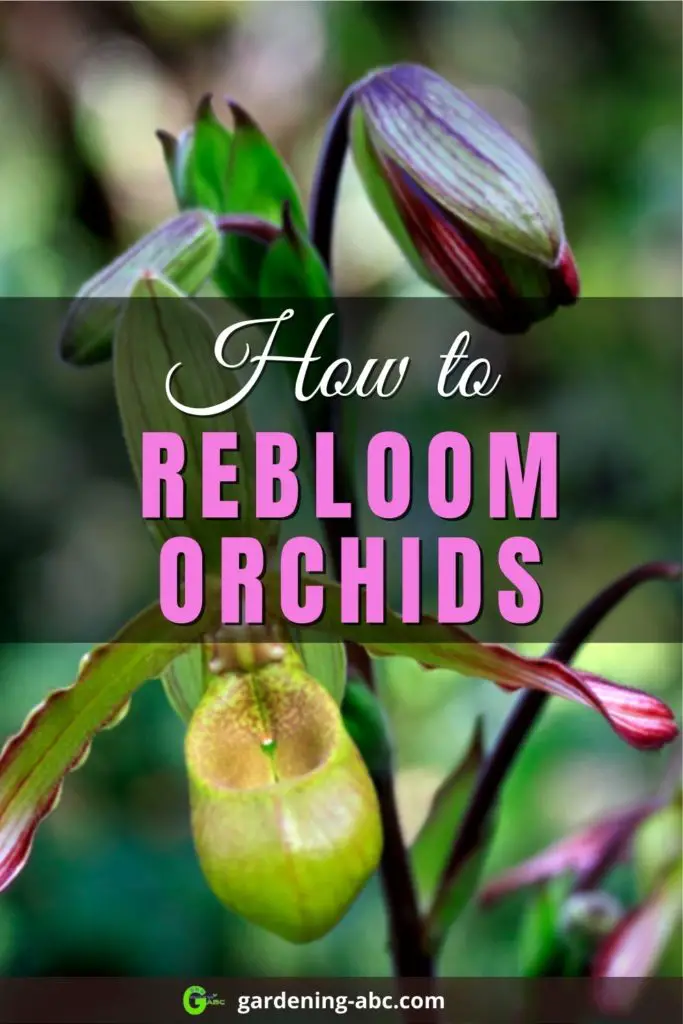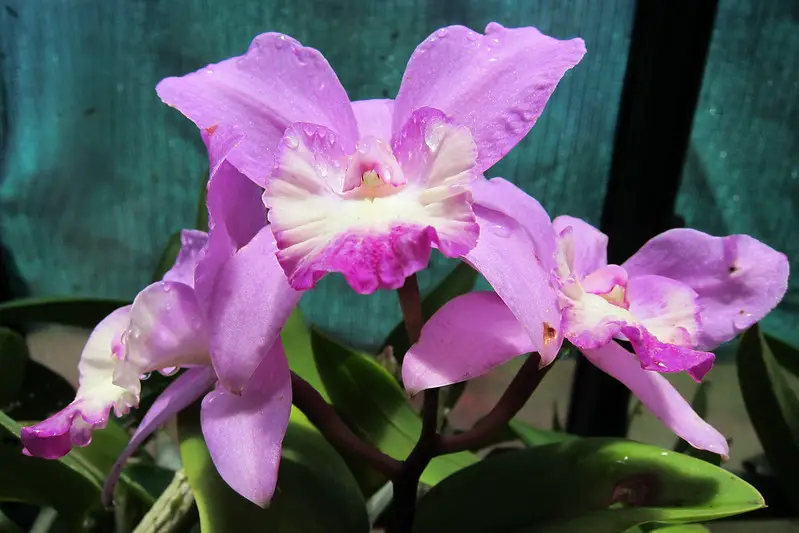We use affiliate links to run our site. When you buy through links on our site, we may earn an affiliate commission, without any added cost to you. Learn more
Everyone loves orchids. And in almost every case orchids are grown for their flowers and not for their foliage. So it becomes a general concern if the plant stops blooming.
Sometimes orchids might develop buds but fail to convert them into flowers. As an orchid grower, this can be very frustrating. So in this post, I will discuss why an orchid stops blooming and what can you do to help them bloom again.
Followings are some of the main reasons why your orchid is not blooming:
1) Not Getting Enough Light
Orchids need indirect sunlight to thrive. If your orchid is not receiving enough light their blooming process will hamper. Make sure you haven’t placed your orchid in a relatively darker place. If your place lack enough sunlight arrange some grow light so that they can bloom.
2) Getting More Light than Necessary:
Orchids are unique in a way that they don’t like direct sunlight. It can cause sunburn to the plant. Keep your plant in a place where they can get indirect sunlight.
If you are growing orchids under grow lights use timers to replicate the natural night and daylight process.
3) A Fluctuation in Temperature:
The ideal temperature for growing orchids is between 65 to 75 degrees Fahrenheit. A drastic fall or rise in temperature can hurt your orchid and its blooming process. One of the easiest ways to keep maintaining the ideal temperature is to grow orchids indoors.
4) They are Lacking Nutrition:
Is your orchid getting enough nutrition? In most cases, people grow orchids in a sterile potting mix. This can cause a nutrition deficiency in the plant.
To avoid this feed your orchid with a fertilizer that is specifically made for orchids.
5) The Roots Are Not Getting Proper Aeration:
From time to time you should repot your orchid. As orchids usually outgrow their pots the roots can get chocked without proper aeration. If the roots are not healthy chances are the plant will not bloom either.
The best time to repot the orchids is when the roots start to creep out of the pot and appear brown.
6) It May Be Not The Season
Seasonality plays a major role in orchid blooming. If your orchid is not bearing flowers maybe it is just not the right time for it to bloom.
Generally if the orchid blooms in fall you will have hard time to make them bloom in the summers.
7) Too Much Water
Are you watering the orchid more than required? In many cases, it can be a reason for them not to bloom. You will see the wilting leaves or browning roots as a clear sign of overwatering. Wait for the soil to dry up before watering again.
8) Too Little Water
It is also possible that the plant is not getting enough water for survival. In such a case the plant also stops flowering. The clear sign of underwatering is dry leaves on the plant. Take immediate action if you see this happening.
How to Rebloom Orchids:
With proper care and guide, you can make an orchid plant to produce flowers after its first sets of blooms have died. Once you understand the above reasons and take care of all of them it’s time for the orchid to rebloom.
The plant will bear flowers again on those branches as well as few new ones. So don’t remove those old orchid branches. Remove the branches only if they have already turned brown.
Put the orchid in a place like a north-facing window where it can get indirect sunlight. Do not put them on the window sill; it can get too cold or too hot depending on the season.
Once the orchid enters the dormancy it stops blooming. So start fertilizing the plant with a well-balanced orchid fertilizer on a weekly basis.
Keep watering your orchid every week and keep an eye on new flowering spikes.
Once the spikes reach 4-5 inches in length give it some support.
That’s it you don’t need to do anything else. Once the flowering season comes it will start blooming.
How to Take Care of Your Orchids After It Blooms:
Here are a few things you can do to take a proper care of your orchids once it starts blooming:
- Keep the surrounding temperature around 60-75 degrees Fahrenheit and the humidity level 40%-60%.
- Keep fertilizing the plant once in a month when they are blooming.
- Before watering the plant always check the soil by inserting fingers. If you can feel the moisture in the fingers then you don’t need to water the plant yet. Only if the fingers felt dry water your orchids.
Once you have applied the techniques and information discussed in this post your orchid plant will start to bloom once again.
I hope you like the post. Don’t Forget To PIN IT

Amazon and the Amazon logo are trademarks of Amazon.com, Inc, or its affiliates.

Hi there! My name is Prasenjit and I’m an avid gardener and someone who has grown a passion for growing plants. From my hands-on experience, I have learned what works and what doesn’t. Here I share everything I have learned.
